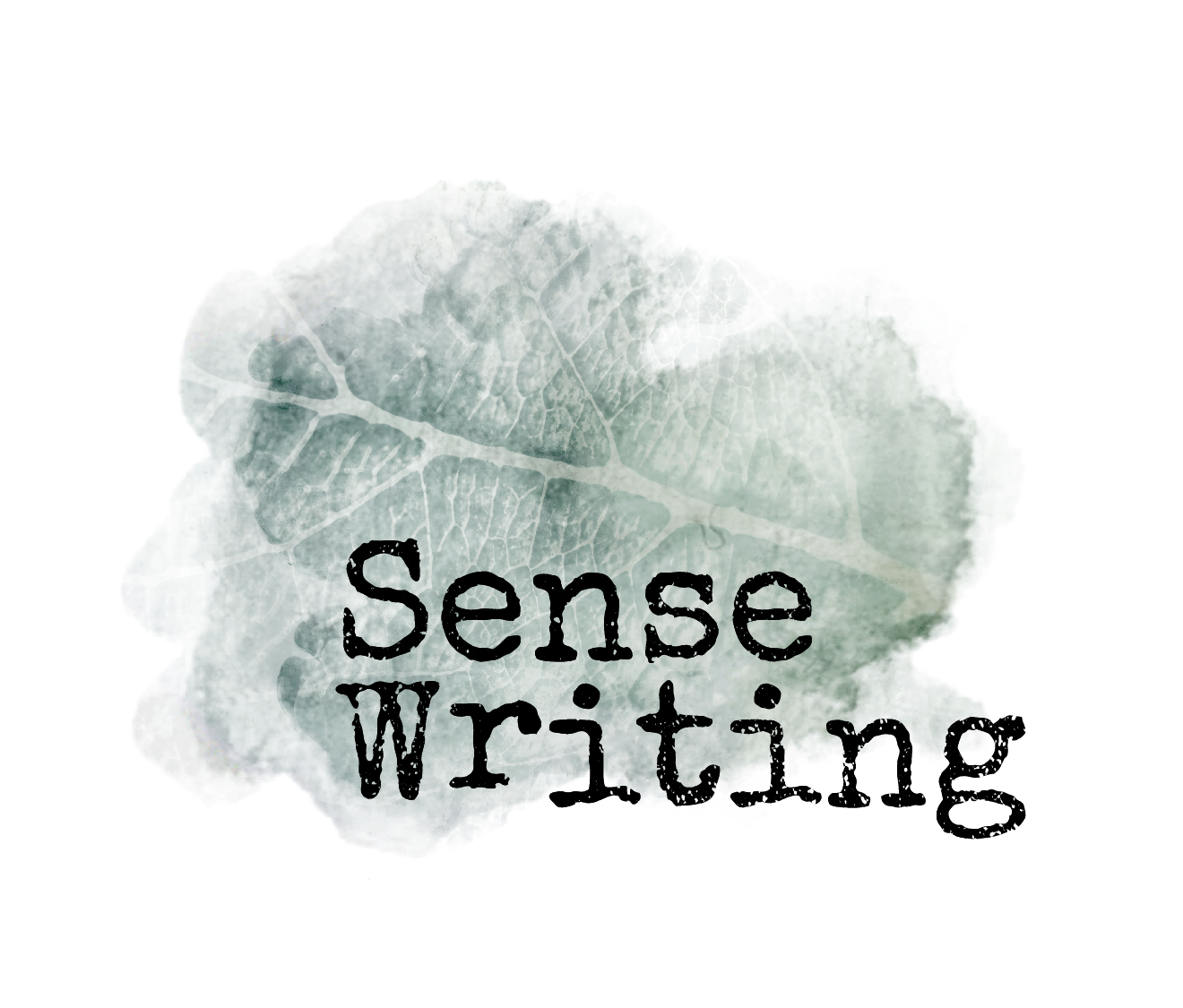The idea of “writer’s block” is nothing new.
In fact, it’s such a familiar idea that it seems to carry its own dark cloud of dreariness, weariness, or fear. Everybody’s always trying to get rid of it. And it’s true that many people come to Sense Writing to work through creative blocks.
But after teaching Sense Writing for several years, I’ve started thinking more and more about the role of resistance in the life of the artist.
After all, artists thrive on resistance.
Artists are rebels.
And yet artists are often getting caught up in their own hyperloop of resistance, or struggling to get out of their own way.
Instead, what if resistance to the creative process itself could be an especially useful impulse for the artist?
Can resistance be — or become — a healthy part of what being an artist is?
Love the part of yourself that resists
From my Feldenkrais training, I’ve learned how to work with resistance, listen to it, and not fight it.
I’ve also learned to see our ability to resist as a healthy response, developing over time as a way of refusing to do things that weren’t right for us. This resistance to specific situations in the past, however, may eventually ossify into generalized, fuzzy habits that no longer serve our evolving desires.
By working directly with the body and nervous system, we can re-calibrate and dissolve these habits that don’t bring us into alignment with our desires and goals. At the same time, we can learn to listen to what resistance may be trying to tell us.
How to stop worrying (quite so much) and use your writer’s block
Maybe our desires and goals are to finish our manuscript or screenplay or to make writing a daily practice.
We want things. So it’s no surprise that we end up approaching writing with the same kind of forward momentum and stress we bring to our everyday lives, as another task to push through and finish (albeit one loaded with MEANING).
But too often, this approach stifles the very tools that would actually let us write: alertness, un-selfconsciousness, openness to surprise.
So we get stuck between our desires and our difficulties. It’s no wonder we resist.
Start by stopping the fight
Instead of pushing through or overriding resistance, Sense Writing invites you to quit fighting it.
When we aim low in movement and writing, you may notice resistance as usual — but you don’t have to DO anything about it. You don't have to ease up. You don’t have to "let go." With the support of the sequences, you just get to notice more, process more, and get more curious.
When we tune into the quieter, intricate parts of ourselves, we can resist not our own impulses, but the demands of our everyday narratives. We become more connected — to our own physical experiences and to the world of our senses, memories, and imagination.
““Sense Writing is a way to go against everything that we’ve been taught not only with creativity and writing, but in life in terms of ‘no pain no gain.’ Sense Writing is the opposite of that.
It’s about writing from a place of ease and calm and pleasure and the way we do that in Sense Writing is we start with small little sense observations so there’s no pressure to be great or come up with something fantastic. But out of those little things, those sense details, comes all of this stuff you never imagined, you never even really knew you knew.”
-Emily Tobey”
In the Sense Writing course, the first writing we do is just about noticing and recording — less about telling someone something than about tapping into your own experience.
We write by hand, often on the floor. We use sequences to invite new sensations, or to give our attention to sensations we habitually ignore. We use words to attend to our nonverbal experiences, not to shout over them (as words often do, being so familiar and available).
In that process, we don’t have to fight or give into our resistance, so much as give ourselves ways to sidestep it. And that lets us listen to it, instead of reacting.
“Having the space to leave and come back really challenged my ‘shoulds.’
A lot of what was coming up was about achievement and fear of inadequacy- to which my initial response was to translate those feelings into overwhelm and resentment as a result of a growing to-do list... somehow becoming a victim to the demands of the present moment. But these days I knew not to do the work!
However, this morning I woke up craving the work. I wanted to connect with my body and my creativity ultimately leading me to continue experimenting in trusting the “smarter part of myself.”
After re-engaging with the coursework, I was filled with pleasure and curiosity, an unanticipated reward for listening to resistance. Maybe some of this resonates?”
-Christie Jordan Barron”
A Gift from Sense Writing
If we can learn to see resistance as a healthy impulse rather than something to fear, we can gradually start to understand — and feel — how to be open to more of ourselves. We can welcome the many parts of ourselves and collaborate with them, rather than fight or suppress what makes us uncomfortable. And remember — more choices mean more freedom. Isn’t that so much better than “pushing through”?
Take a 20-minute break and feel this shift for yourself with a new, basic Sense Writing sequence below. A quiet place and notebook are all you need to get started.
enjoy,
Madelyn K., Founder



